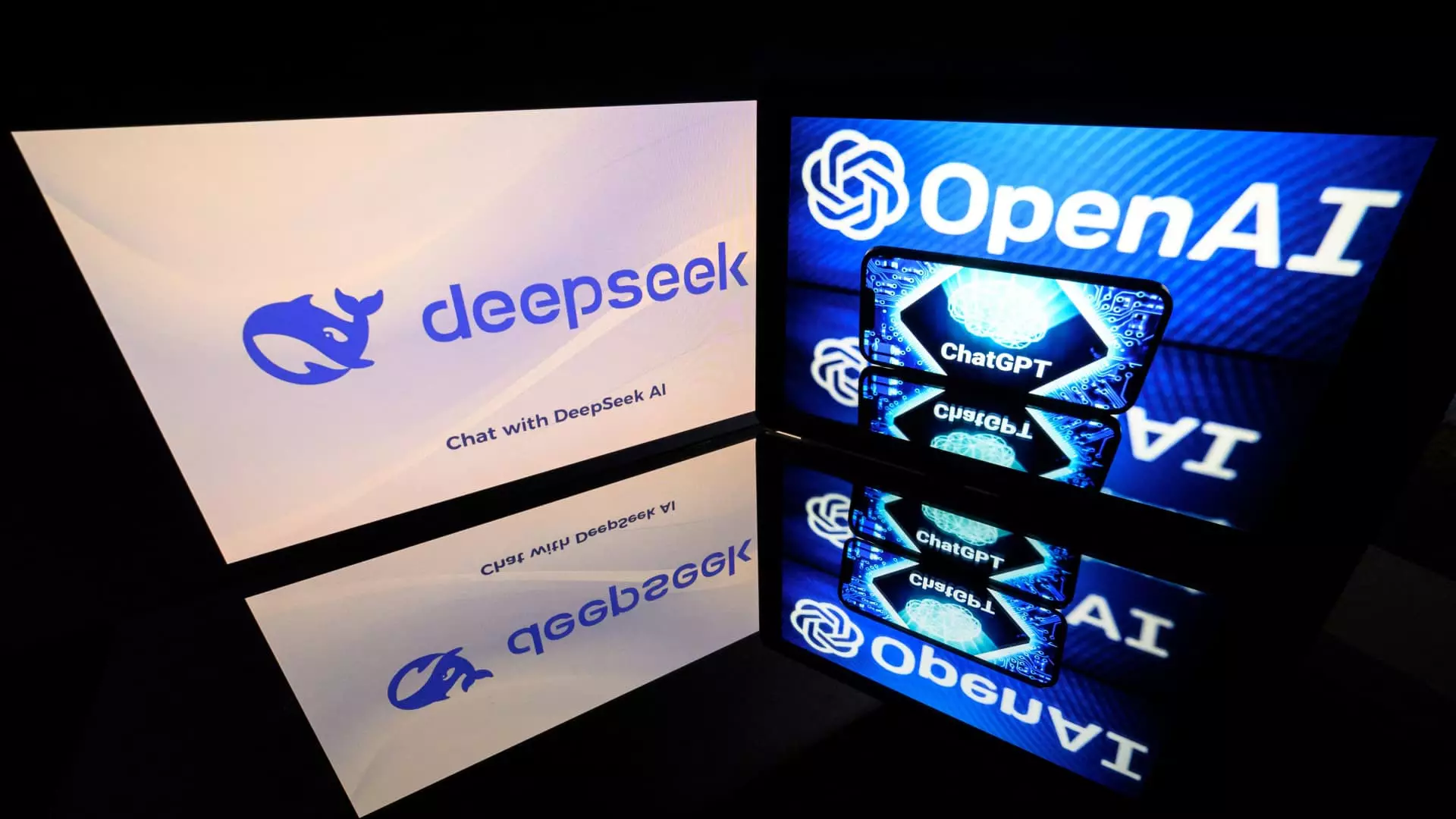Despite a swiftly evolving competitive landscape, OpenAI is demonstrating remarkable growth, signaling its resilience and market significance. Recent statistics reveal that the San Francisco-based technology leader boasts 400 million weekly active users, marking a striking increase from 300 million just two months prior. This surge underscores not only the appeal of OpenAI’s flagship product, ChatGPT, but also offers insights into how familiarity and utility drive user engagement in the rapidly growing AI sector.
OpenAI’s Chief Operating Officer, Brad Lightcap, attributes this impressive user growth to a “natural progression” as the technology becomes more integrated into everyday life. Lightcap emphasizes the organic nature of this increase, attributing the rise in users to word-of-mouth recommendations and the observable rewards people garner from using the product. The significance of personal experience cannot be overstated; as individuals explore the myriad applications of ChatGPT, they often become advocates within their social circles. This personal endorsement leads to broader adoption, creating a ripple effect that bolsters OpenAI’s visibility and user base.
Additionally, OpenAI’s success extends beyond individual consumers into the enterprise realm. With 2 million paying enterprise users—an impressive doubling since September—OpenAI is positioning itself as a vital tool for corporate users as well. Lightcap highlights this connection, noting that personal use often translates into professional endorsements, where employees advocate for their organizations to adopt the technology. The interdependence between consumer and enterprise growth illustrates a crucial pathway that platforms like ChatGPT often navigate, with demand in one sector spurring growth in another.
The integration of AI technologies into the corporate landscape is akin to the advent of cloud services, as noted by Lightcap. The enterprise sector, while ostensibly slower to adopt than consumers, is undergoing a paradigm shift that is characterized by a “buying cycle” and a learning curve essential for scaling business operations. Just as companies once grappled with the transition to cloud computing, they now face the necessity of embedding powerful AI models into their infrastructures. This transformation invites exploration into how OpenAI can continue to streamline this process, potentially reshaping operations across diverse industries.
OpenAI’s roster of major clients, including Uber, Morgan Stanley, and T-Mobile, exemplifies the broader industrial shift toward AI as a foundational component of operational frameworks. As businesses increasingly recognize the need to harness the power of AI, OpenAI’s position as a leader within this sphere strengthens.
Intensifying Competition and Legal Challenges
However, OpenAI’s trajectory is not without its complications. The emergence of DeepSeek, a Chinese competitor, has reverberated through the tech industry, raising concerns about the potential disruption of U.S. companies’ dominance in the AI market. The apprehension was palpable in January when DeepSeek’s presence led to significant drops in stock valuations for major players like Nvidia. This competitive environment illustrates the challenges that result from an increasingly crowded market where innovation and market share are in constant flux.
OpenAI’s legal landscape further complicates its narrative. Co-founder Elon Musk’s recent lawsuit against the company adds another layer of complexity, as it navigates the transition from a nonprofit to a for-profit entity. The implications of these legal skirmishes could have long-standing effects not just on company strategy but on investor confidence as well. Despite these pressures, Lightcap asserts that ongoing competition, such as that posed by DeepSeek, has not fundamentally altered OpenAI’s roadmap or commitment to open-source values.
The Future of AI and OpenAI’s Role
Looking ahead, it is essential to grasp the implications of OpenAI’s growth, competition, and legal challenges. The cognitive shift towards AI as central to business strategies mirrors earlier technological revolutions, suggesting that we are at the precipice of another significant transformation in how companies operate. Lightcap’s perspective on AI encapsulates this sentiment—pointing toward a future where fundamentally, businesses will be expected to utilize advanced AI models.
As OpenAI continues to navigate this competitive landscape, its focus on transparency and user-centric development will likely guide its future initiatives. Whether through fostering enterprise relationships or enhancing consumer experiences, OpenAI’s journey reflects a broader narrative of innovation amidst adversity. The road ahead for OpenAI will undoubtedly be paved with both promising opportunities and formidable challenges, making for a compelling watch in the unfolding saga of artificial intelligence evolution.

